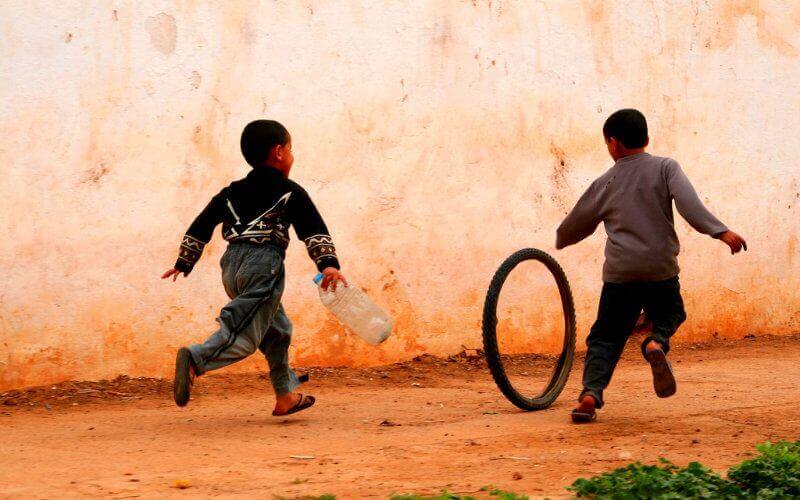Morocco’s Fertility Rate Plummets: Urban Areas Near Critical Threshold

The latest figures just published by the High Commission for Planning (HCP) are worrying: Moroccan women are having fewer and fewer children and this trend is expected to continue in the coming years.
The concern is all the more acute as this decline in fertility also affects both urban and rural areas. Thus, the number of children per woman has dropped from 7.2 in 1960, shortly after independence, to 2.47 children per woman in 2004 before falling to 2.20 children in 2014. But in detail, we quickly notice that fertility in urban areas settled at 2.01 children per woman in 2014 after reaching a critical threshold of 1.8 children in 2004.
The HCP explains this decline by the socio-economic changes that Morocco has undergone, in particular women’s access to the labor market, family planning or the adoption by a majority of Moroccan women of contraceptive methods. Furthermore, there is a clear decline in the age of marriage among women and an increase in the number of years of study.
If we linger a bit on the age of marriage, the HCP figures show a continuous increase among women, with an average age of 17.3 years in 1960 to 25.7 years in 2014. But on closer inspection, we notice a strangeness concerning women in rural areas. Thus, the average age of marriage was 25.5 years in 2004, 24.8 years in 2014 and 23.9 years in 2018, a trend that the HCP does not explain.
Related Articles
-

Illegal Beach Sand Mining Near Tangier Sparks Environmental and Economic Outcry
4 September 2025
-

Surveillance Footage Exposes Tourist Robbery Ring in Tangier Court Drama
4 September 2025
-

Rif Protest Icon’s Father Dies: Ahmed Zefzafi’s Passing Reignites Hirak Movement Debate
3 September 2025
-

Gulf Tourists and Moroccan Women Arrested in Marrakech Prostitution Sting
3 September 2025
-

Groom’s Secret Past Exposed: First Wife Crashes Moroccan Wedding, Halting Ceremony
3 September 2025